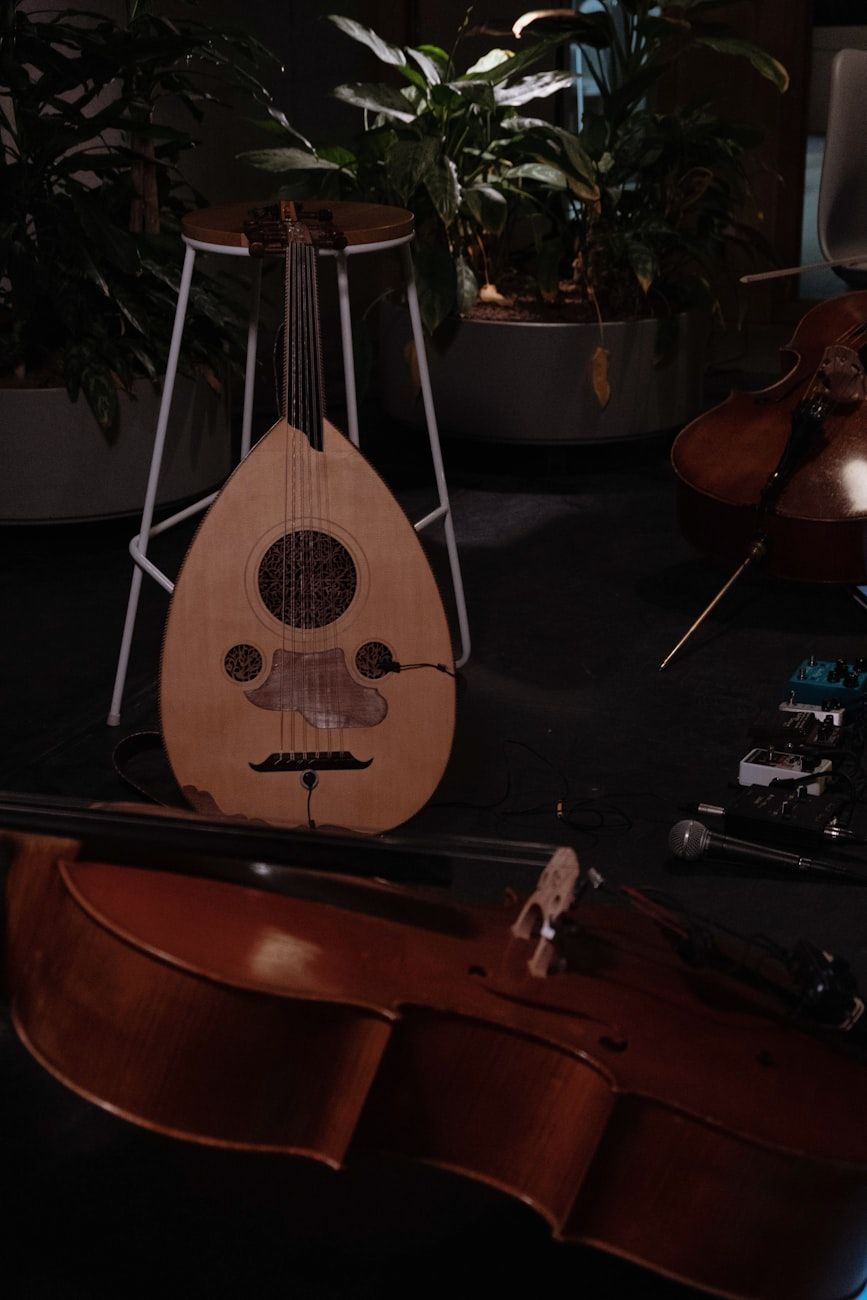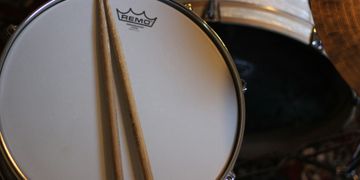The Evolution of Musical Instruments Across Cultures



Introduction
Throughout history, musical instruments have played a crucial role in shaping cultures and societies around the world. The evolution of musical instruments is a testament to human creativity, ingenuity, and the deep connection between music and culture.
Ancient Origins of Musical Instruments
The history of musical instruments dates back thousands of years, with evidence found in various archaeological sites. These ancient artifacts offer insight into the musical traditions of past civilizations and reveal how music was used for communication, emotional expression, and celebrations.
Cultural Diversity in Instrument Design and Use
Musical instruments vary greatly across cultures in design, materials, and purpose.
-
Chinese Erhu – Known for its haunting melodies.
-
African Djembe – Famous for its rhythmic beats.
Each culture’s musical traditions are passed down through generations, preserving unique sounds and playing techniques.
Ancient Musical Masterpieces
Instruments like the Greek Lyre and Mesopotamian Harp symbolize the rich cultural heritage of ancient civilizations. These pieces are more than historical artifacts — they are reminders of music’s ability to transcend time and space.
Traditional Instruments as Cultural Identity
Traditional instruments remain central to many societies today:
-
Indian Sitar – A staple of classical Indian music.
-
Scottish Bagpipes – Deeply tied to Scottish heritage.
They serve as living connections to the past and as sources of cultural pride.
Music as a Reflection of Cultural Heritage
The musical heritage of nations showcases diverse ways of expressing emotion, storytelling, and uniting communities:
-
Native American Flute – Haunting, soulful tones.
-
Middle Eastern Oud – Rich, intricate rhythms.
Each tradition offers a treasure trove of creativity and innovation.
Global Instruments That Transcend Borders
Instruments such as the guitar, piano, and drums have become global staples, crossing cultural boundaries and uniting people through music’s universal language. New technologies and materials continue to influence how these instruments are created and played.
Conclusion
The rich history and diversity of musical instruments highlight the interconnectedness of music and culture. From ancient relics to modern creations, the evolution of musical instruments is a testament to music’s enduring power to inspire, unite, and transform lives across generations and cultures.




